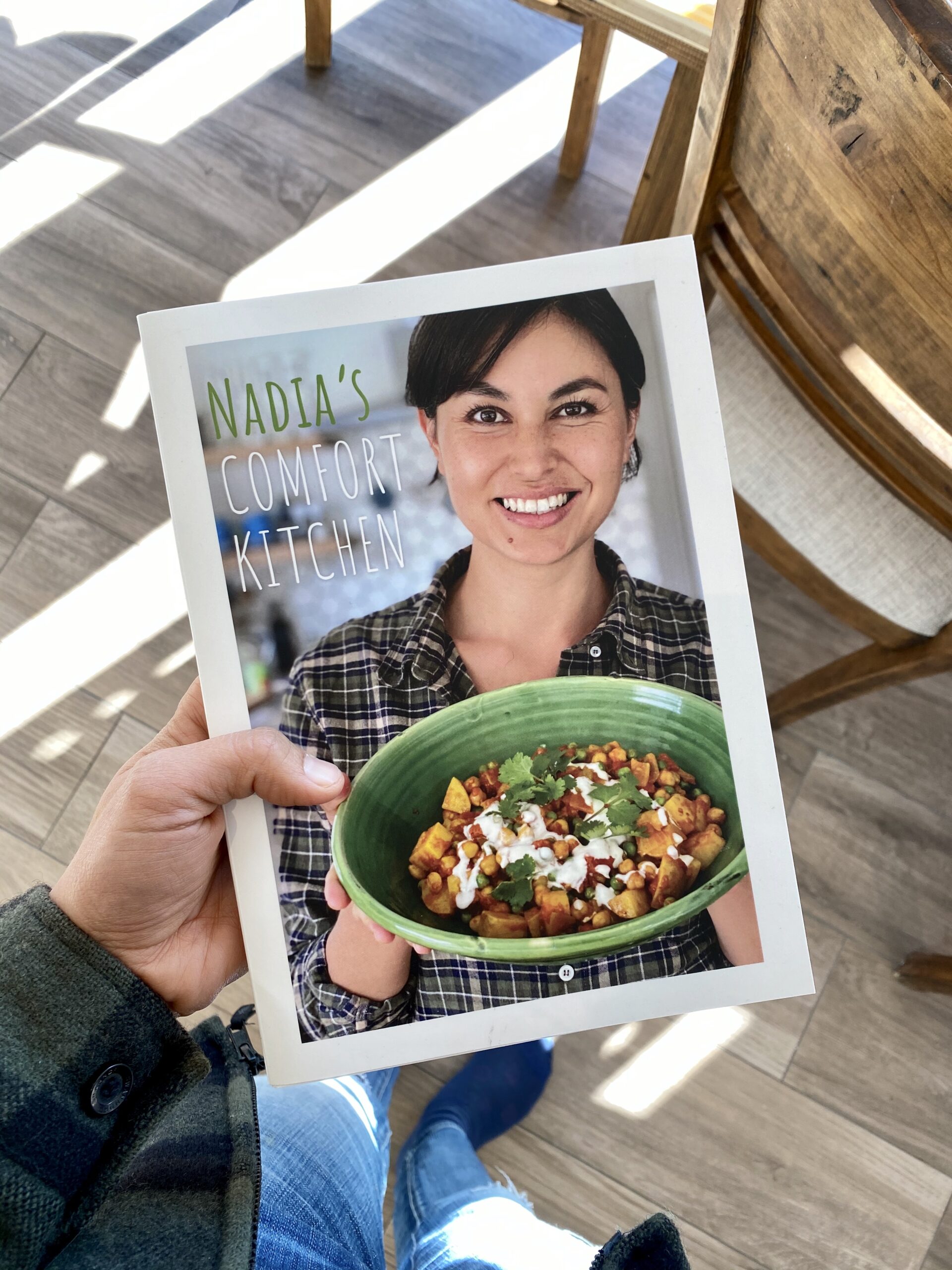Pressed napkins, old roses, granny’s best tea set, fresh scones, fancy cakes and the perfect club sandwich—as a retro glam get-together with girlfriends or a languid afternoon’s home entertaining, the vintage high tea’s time has come again. Take a trip back to cake tins of old with these baked treats, sweet with nostalgia
Pressed napkins, old roses, granny’s best tea set, fresh scones, fancy cakes and the perfect club sandwich … as a retro-glam get-together with girlfriends or a languid afternoon’s home entertaining, the vintage high tea’s time has come again. Take a trip back to cake tins of old with the following baked treats, sweet with nostalgia
High tea can be as straightforward or elaborate as you choose to make it, but a little attention to detail turns tea and cake into an occasion. Set a beautiful table; dig out a vintage tablecloth and pick a small posy of fresh flowers for the centrepiece.
Use the very best ingredients: free-range eggs, fair trade dates and sugar, fresh lemons from the garden. Savoury and sweet food will satisfy healthy appetites. Delicate club sandwiches can be made with all manner of tantalising combinations: lettuce, mint, watercress, avocado, tomatoes…
Brew a proper pot of tea using fair trade or organic loose tea, and serve in teacups with milk and sugar on the side. Home-made scones can be savoury, cheesy, dotted with dates or plain, served with butter, clotted cream and jam. High tea is often served on a tiered stand, sandwiches or scones below, fancy cakes on top. Here are a few delicious lemony treats to try.
Crunchy lemon muffins
Alison Holst’s name is synonymous with classic New Zealand baking and her lemon muffins—topped with tangy juice and sugar—is a perennial favourite.
- 2 cups self-raising flour
- ¾ cup sugar
- 75g butter
- 1 cup milk
- 1 free range egg
- grated zest of 1 large or
- 2 medium-sized lemons
- ¼ cup lemon juice
- ¼ cup sugar

Makes 12 medium-sized muffins or use mini muffin tins for delicately-sized morsels
Preheat the oven to 200ËšC for 10 minutes. Place a rack just above the middle of the oven. Coat a 12-hole muffin pan with baking spray.
Stir the flour and place it into a fairly large bowl. Add the first measure of sugar and, using a fork, toss to mix.
Put the butter in a smaller microwave-proof bowl and microwave it until melted but not hot. Add the milk, egg and lemon zest, then whisk together with the fork until combined. Tip this mixture into the dry ingredients.
Mix gently, using a flat-bladed stirrer, until the dry ingredients are dampened, but the mixture still looks rough. (Do not beat until smooth or the muffins will be tough and form peaks as they bake.)
Spoon the mixture into the prepared pans, helping it off the spoon with a second spoon. Try to put only one rounded spoonful into each hole. (Practice makes perfect!)
Bake for about 10 minutes, until the tops of the muffins are lightly browned and the surface of a muffin springs back when lightly pressed.
While the muffins bake, wash the smaller bowl and put the juice and second measure of sugar in it. Without stirring to dissolve the sugar, use a pastry brush to apply the sugar and lemon mixture to the hot, freshly cooked muffins in their pan.
Repeat until all the lemon mixture is used.
While the muffins are still fairly hot, lift them carefully from the pan on to a wire rack to cool.
Serve them warm or reheated with tea or coffee, add to packed lunches or enjoy on any other occasion.
Variation: Top tartlets with meringue. To make the meringue, whisk 2 egg whites until stiff then add 2 tsp of caster sugar and whisk. Cut and fold in 105 g of sugar (do not overfold as the mixture will become too soft). Place in the oven until the meringue is just set and a slightly golden colour.
Melting moments
Allyson Gofton’s take on the classic Kiwiana melt-in-the-mouth biscuit is particularly yummy when joined together with lemon butter icing.
Biscuits
- 275g butter, softened
- ½ cup icing sugar
- 1 tsp vanilla essence
- 1½ cups standard flour
- ½ cup cornflour
Lemon butter icing
- 100g butter, at room temperature
- 1½ cups icing sugar
- Few drops of vanilla essence
- 1–2 tbsp milk, approximately
- Grated zest of 1 lemon
- Juice of ½ lemon
Makes about 24 moments
Preheat the oven to 160°C. Lightly grease 1 or 2 baking trays or line with baking paper.
To make the biscuits, beat the butter, icing sugar and vanilla together until light and creamy.
Sift the flour and cornflour together and mix into the beaten ingredients. Do not over-mix.
Roll teaspoonful lots into balls and place on the prepared baking tray. Dip a fork into flour and shake off the excess. Flatten the dough balls gently by pressing with the tines of the fork. Dip the fork into the flour as needed. (Alternatively, place the dough in a piping bag with a star nozzle, and pipe small rosettes.)
Bake for 18–20 minutes, until the biscuits are firm and beginning to brown a little around the edges. Transfer to a wire rack to cool.
To make the lemon butter icing, beat the butter until it is pale and fluffy. Sift the icing sugar and beat into the creamed butter with the vanilla and sufficient milk until you have a fluffy, light mixture. Add the lemon zest and juice to the butter icing and beat them in well. If you need the mixture to spread more easily, then add a little more milk.
Once the biscuits are cold, join them with icing. Store in an airtight container.
Lemon tartlets
Classic lemon curd is a rich, creamy spread that dates from the late 19th century, traditionally cooked in small batches as a topping for bread or to serve with scones at afternoon tea instead of jam. Smooth and intensely flavoured, it also makes a tasty filling for cakes—or Kathy Paterson’s tiny tarts.
Lemon curd
- 170g caster sugar
- 115g unsalted butter
- Grated zest and strained juice of 2 large lemons
- 3 free-range eggs, beaten
Pastry
- 225g high-grade flour
- 115g unsalted butter, softened
- 115g caster sugar
- 4 egg yolks
- ½ tsp vanilla essence
Makes approximately 50 tartlets
To make the lemon curd, place the sugar, butter, lemon zest and juice in a heavy-based saucepan. Cook slowly until the sugar is dissolved and the butter melted. Taste the lemon curd mixture to make sure it is sufficiently tart; add more lemon juice if necessary.
Sieve the eggs into the saucepan and stir well, using a wooden spoon. Continue stirring and cook until the mixture is thick. Do not allow it to boil as this will make it curdle. Leave the curd to cool, then refrigerate.
Meanwhile, make the pastry. Sift the flour onto the bench.
Make a well in the centre, and in this place the other ingredients. Using the fingertips of one hand, work only the butter, sugar, egg yolks and vanilla together. Then, once creamed, draw in the flour and knead lightly until smooth. Chill, wrapped in baking paper, for 1 hour before using.
Preheat the oven to 180°C.

Lightly flour a bench and roll out the pastry thinly. Using a 5cm plain pastry cutter, cut out rounds to fill small tartlet tins (5cm across x 1.5cm deep). Press each pastry round into its tin and prick with a fork. Chill the pastry cases again until firm. (Extra pastry freezes well.)
When using small tartlet tins there is no need to bake blind. Bake until a pale biscuit colour, about 6 minutes. Remove pastry cases from tins and cool before using or storing in an airtight container for up to a week. To assemble the tartlets, fill each case with a good teaspoonful of lemon curd.
Sticky Lemon slice
This popular lemon slice was created a number of years ago by Julie Biuso and now features on cafe menus around the country. It is quickly made in a food processor, smells tempting as it cooks, and perfectly balances just the right amount of sweetness and tart lemony edge.
Base
- 225g unsalted butter, softened
- 70g icing sugar
- 275g standard flour
Topping
- 400g granulated sugar
- 4 medium-sized free-range eggs, beaten
- 4 tbsp standard flour
- 1 tsp baking powder
- Grated zest of 2 lemons
- 90ml lemon juice, strained
- Icing sugar
Slices into about 28 squares
Preheat the oven to 170°C. Line the base of a non-stick 32 x 21cm Swiss roll tin with baking paper.
To make the base, put the butter in the bowl of a food processor and process until whipped, then add the icing sugar and process until light in colour (creamed). Sprinkle the flour over this and process until the mixture starts to form a ball. Tip into the prepared tin and press flat. If the mixture is sticky, keep your fingers dusted with flour.
Bake for 15 minutes, then remove from the oven. Leave the oven on at 170°C.
While the base is cooling, make the topping by tipping the sugar into the clean bowl of a food processor and pouring in the eggs.
Process for 1 minute. Transfer the mixture to a bowl, then sprinkle the flour and baking powder over the top. Add the lemon zest and juice, mixing together with a large spoon.
Pour the mixture on top of the base (it will fill the tin).
Bake for 30–35 minutes, or until golden in colour and firmish to the touch. Cool in the tin, then dust with icing sugar and cut into squares. Transfer to an airtight container when cool. This slice will keep for 3–5 days.






